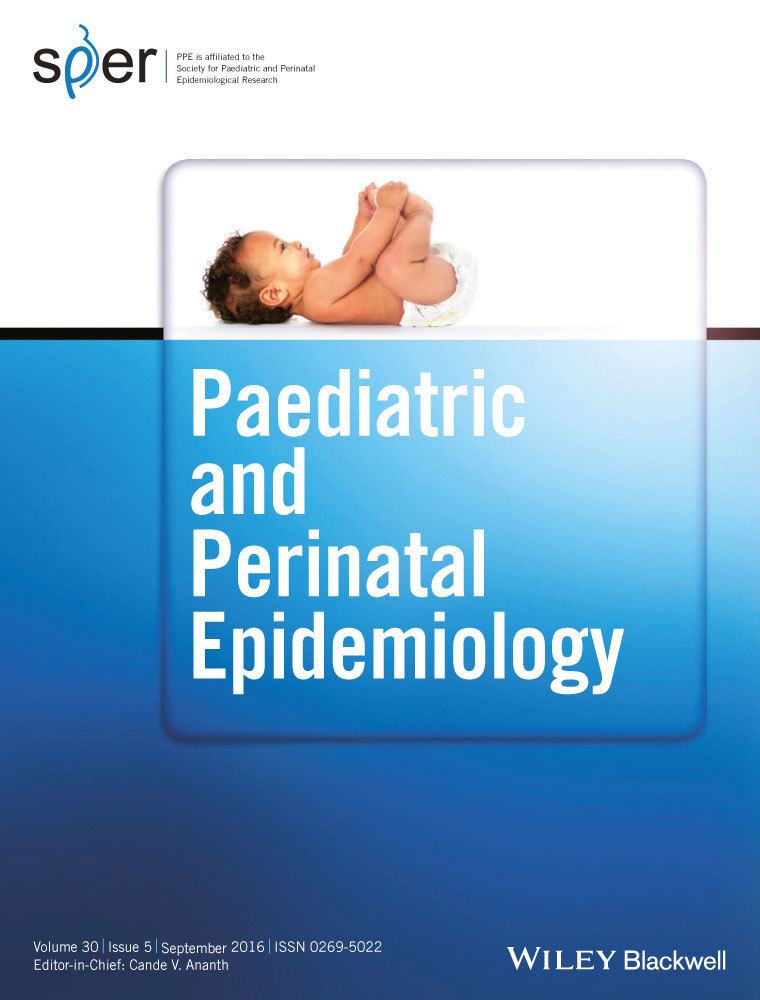Demographic, Medical, and Psychosocial Predictors of Pregnancy Anxiety
Abstract
Background
Pregnancy anxiety is associated with risk of preterm birth and an array of other birth, infant, and childhood outcomes. However, previous research has not helped identify those pregnant women at greatest risk of experiencing this specific, contextually-based affective condition.
Methods
We examined associations between demographic, medical, and psychosocial factors and pregnancy anxiety at 24–26 weeks of gestation in a prospective, multicentre cohort study of 5271 pregnant women in Montreal, Canada.
Results
Multivariate analyses indicated that higher pregnancy anxiety was independently related to having an unintended pregnancy, first birth, higher medical risk, and higher perceived risk of complications. Among psychosocial variables, higher pregnancy anxiety was associated with lower perceived control of pregnancy, lower commitment to the pregnancy, more stressful life events, higher perceived stress, presence of job stress, lower self-esteem and more social support. Pregnancy anxiety was also higher in women who had experienced early income adversity and those who did not speak French as their primary language. Psychosocial variables explained a significant amount of the variance in pregnancy anxiety independently of demographic and medical variables.
Conclusions
Women with pregnancy-related risk factors, stress of various kinds, and other psychosocial factors experienced higher pregnancy anxiety in this large Canadian sample. Some of the unique predictors of pregnancy anxiety match those of earlier US studies, while others point in new directions. Screening for high pregnancy anxiety may be warranted, particularly among women giving birth for the first time and those with high-risk pregnancies.




